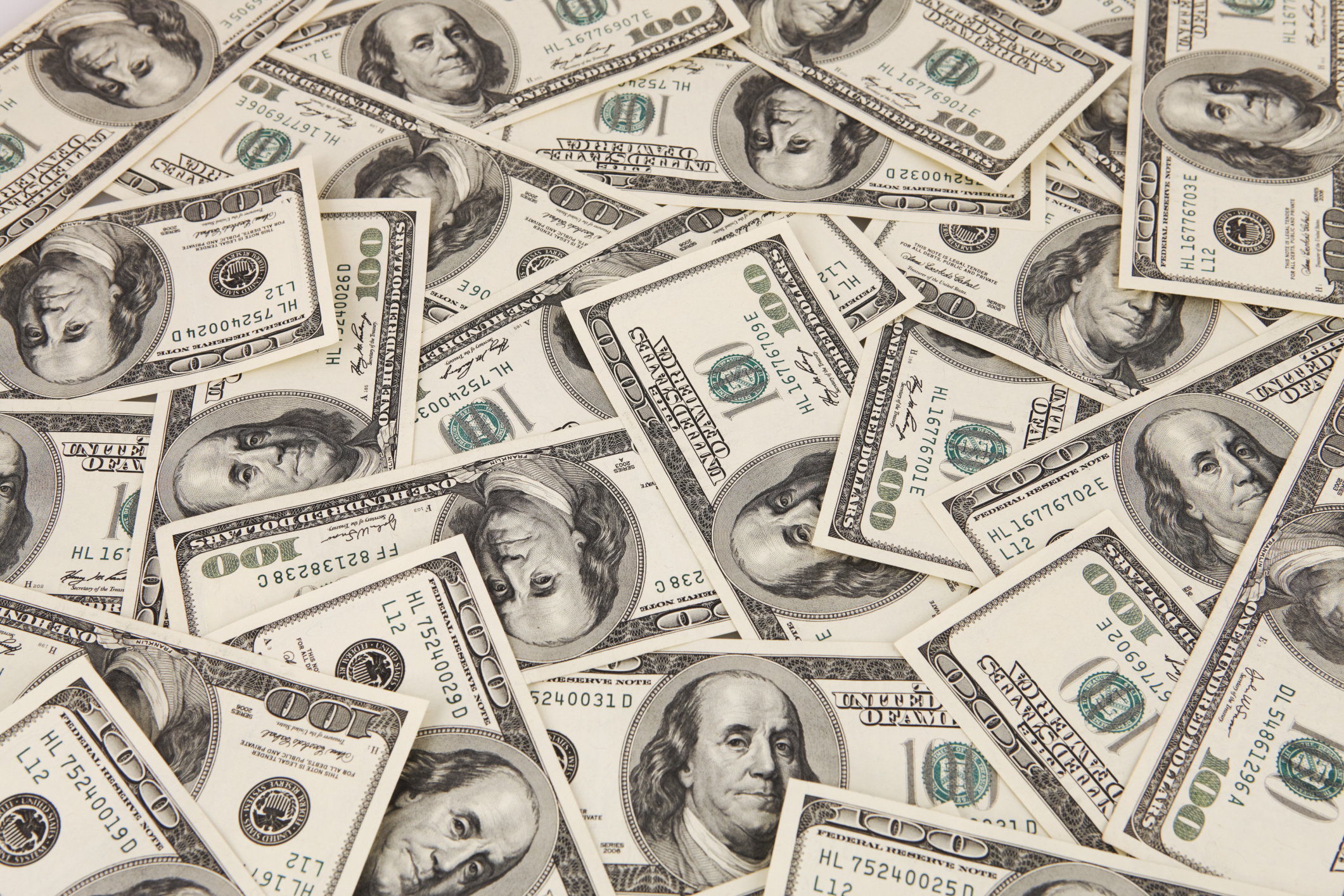Deerfield Academy is a business. Private education, state, local, and federal governments, and even McDonalds are all service industries.
Service industries, unlike industries that use machines to mass-produce products, rely on humans and human labor. “The challenge there is that it’s hard to get economies of scale when you’re dealing with bodies,” Chief Financial Officer Keith Finan said.
According to Mr. Finan, Deerfield earns money annually from four main sources of revenue: student tuition, endowment, annual fund gifts from alumni and parents and miscellaneous revenues from the Greer store, Café Louis and Hitchcock House.
“The investment pool for our endowment is about 400 million dollars, but we can only take a certain percentage of the investment earnings from the endowment annually,” Mr. Finan said. “When alumni give money for our endowment, the contributions not only support the current generation of students, but also future students.”
He gave an example of a gift of one million dollars, called the corpus.
“Ideally, the investment will earn about 8% on this money ($80,000) every year. Deerfield uses only about 4 to 4½% of the money. The rest ($40,000) is added to the corpus. The following year, the industry will earn 8% of the new corpus, ($1,040,000). On a larger scale, the money adds up; this strategy is effective when there is inflation of gas or food prices.”
Where does all this money go? 58% of the money goes to “the salaries of the faculty, administrators, and staff workers, and the benefits we pay them, such as health insurance, pension contributions, and so on,” explained Mr. Finan. Ten percent to 13% goes to the maintenance and utilities of buildings. Five percent goes to academic materials, including books, science lab equipment, and other classroom materials. Three percent goes to student activities, including athletics, co-curriculars, dances, and other weekend activities.
In order to find out how much tuition should be worth, “first we think: if we want to provide the programs that we think are important, how much will it cost us?” Mr. Finan said. From there, the Academy can make a rough estimate of how much we’ll earn from the endowment and the Annual Fund. Then, it is very simple to calculate tuitions costs. But if we cannot raise tuition to the amount we need to, then “we need to step back and think about what programs to cut slightly, or not offer,” Mr. Finan said. This is when funding cuts happen.
Decisions like these are also based off of the history of the program, demand from students, and how much money the school would need to spend per every extra student in the program. For example, funding for extra students joining the cross-country or swimming team is less expensive than it seems; the Academy only needs to buy another uniform. However, sports like squash require more equipment and therefore more funding. As with many other programs, including the arts, if there were more student interest, the school would be more likely to support a larger program.
How does financial aid work, and is it true that every student is technically on financial aid? Mr. Finan explained, “This year 26% of gross tuition fees was covered by financial aid. In other words, $28,500,000 was gross tuition [what we would have earned if everyone in the school paid full tuition]. But in fact, $7,300,000 was financial aid.” Even if everyone paid full tuition, the Academy would still need $13,500,000 in order to run; we need $42,000,000 to run the Academy’s operations. But that’s where the endowment, Annual Fund, and campus stores come in: these revenues cover the rest of the money. So, in theory, if everyone paid full tuition and we only gained money from tuitions, then students would need to pay an extra $22,000 each for the school to operate.
In order for large-scale buildings projects to occur, such as the Koch Center (2007), the Academy needs to earn even more money from multimillion-dollar campaigns.

